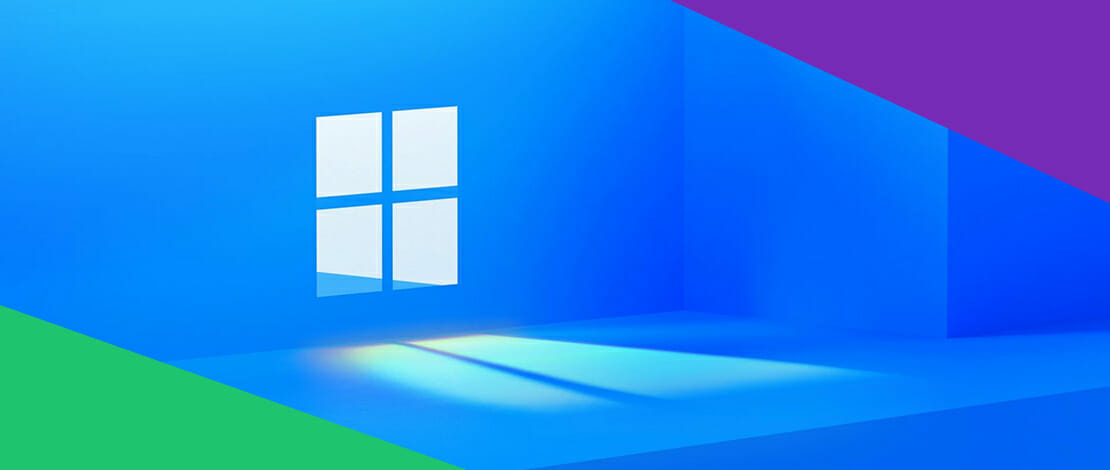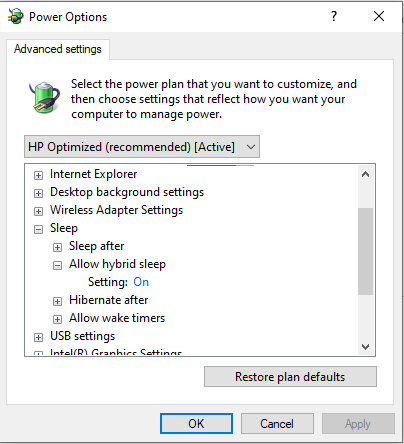Is Sleep Mode Bad for Your PC?

In technology, from time to time, some myths persist even if they are not supported by any scientific research, at least recent ones. These myths typically originate on forums or news outlets that misinterpret a fact and it gets into popular media.
For PCs and laptops in general, sleep mode is often seen as a no-go area, which shouldn’t be used unless explicitly necessary.
This is, of course, one of those myths, and it is best explained with context. Hibernation, sleep mode and powering off are frequently used interchangeably, even though they are far from the same.
What is Sleep Mode?
Sleep mode was invented as a power-saving feature. It is known by many names, mostly Suspend to RAM, Sleep Mode, Standby Mode and simply, Suspend. As its name suggests, or rather, one of its names, sleep mode suspends the current session in RAM, cutting off all power to non-essential components.
RAM gets the most power in this case, which isn’t a lot, but rather enough to keep the data intact. This mode was primarily invented for mobile and battery-powered devices like laptops. Most laptops have sleep mode as a default feature, set to start after 30 minutes of inactivity.
Most modern PCs with modern operating systems also enter sleep mode after 30 or 45 minutes, depending on the system and vendor.
Is Sleep Mode Bad for PC?
Compared to a total power off mode, sleep mode still retains some power, but only to the essential components, mostly RAM, where the current session or machine state is suspended. RAM is volatile storage, meaning that once it loses power, all the data inside is lost.
Sleep mode is an efficient way of making sure that you save some power, whether on desktop PCs or laptops. The only time you have to worry about sleep mode is if you are working with sensitive data and could experience a complete loss of power. A laptop, for example, could end up losing its battery power and therefore losing the current session.
A PC is less likely to lose power unless there is a power outage or any other power failure.
Sleep Mode Has Flaws
Other than storing the active session in RAM, which is a volatile type of storage, sleep mode also spends more power than other power-saving alternatives. Powering off a computer is a very efficient way of saving power because the entirety of the computer would be off, except the USB ports, if such an option is enabled.
Sleep mode could lose the active session if the machine experiences a power loss. With a charged battery or a UPS (uninterruptible power supply), sleep mode becomes a less dangerous option.
Regarding power cost, sleep mode is definitely better than leaving the device on all the time, however, it is still worse than powering off or hibernation.
Hibernation – A Safer Alternative?
In the days before SSDs were widespread, meaning cheap and mass-produced, sleep mode was a feature used by most people who had their systems installed on hard drives. Booting a system from RAM, in a state which is not completely powered off is much faster than booting a session that is stored on a hard drive.
Hibernation is a method of power saving, which is much more effective than sleep mode in that regard. Hibernation, however, saves the current session to a non-volatile medium, like a hard drive or an SSD, typically the one where the system is installed on.
Hibernation takes longer to boot than sleep mode because the computer completely shuts down after saving the session. This increases boot times, but with the benefits of having a completely safe session, even in case of a power loss. It is stored on a non-volatile medium.
Hibernation Flaws and Concerns
Compared to sleep mode, hibernation writes the current session on a drive. This usually isn’t a concern for hard drives, because they have unlimited writes and reads, not including a mechanical failure.
For SSDs, however, writing data causes permanent damage. All SSDs have a limit of how many terabytes or petabytes of data you can write before they lose the ability to write data. If you do a lot of copying and pasting to an SSD and you add hibernation as a method of power saving, you will do more damage to the SSD.
On the other hand, sensitive data would be safe in case of a power loss. Additionally, SSD damage can be somewhat accurately tracked, so one would have a forewarning prior to the drive reaching its limit.
What About Hybrid Sleep?
Hybrid sleep is most likely the best of both worlds but is more often used on desktop computers which are typically going to have a ready supply of power unless there’s a power outage/failure. Hybrid sleep saves the current session to both the RAM and the drive and then puts the computer in a low-power mode.
This combines the data safety feature of hibernation whereupon data is saved to the drive and the quickness of sleep mode, where the session is also saved to RAM. The computer is then put into a low power mode, exactly like sleep mode, but with another safety feature, should you experience a power loss.
This mode is typically turned off by default but is the safest and most efficient of both modes, as you get the benefits of both, with the hibernation part covering the potential data loss of sleep mode, and the other supplying the speed and fast boot times.

Enabling hybrid sleep is relatively easy, though it takes some menu diving on Windows 10 and 11. Regular sleep is enabled easily, but hybrid sleep is more of a challenge.
For Linux, it would depend on the distribution, but the ArchWiki is a good place to start for all things Linux-related.
Conclusion and Summary
In Short, it isn’t bad for your PC. What would probably be worse than sleep mode would be complete power cycles or multiple ones throughout the day, like turning your computer on and off. Sleep mode is a power-saving feature that works just fine if you have ample power to give to your device.
This could be a problem with laptops when not connected to a charger or a PC with a dodgy power supply. Having good components like a decent single rail power supply is a good place to start if you want to be safe, or a UPS.
All in all, both sleep mode and hibernation are valid options if you need a power-saving feature and a relatively quick way to get back to your previous session.